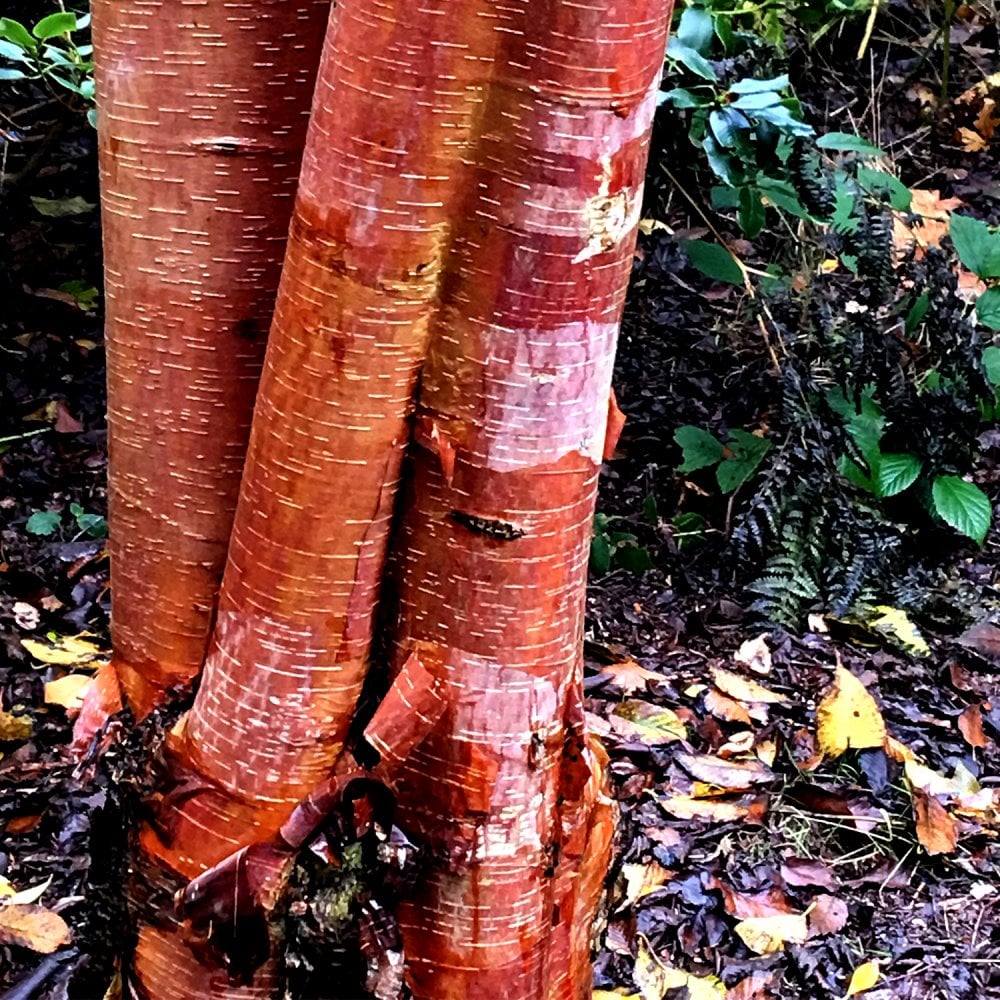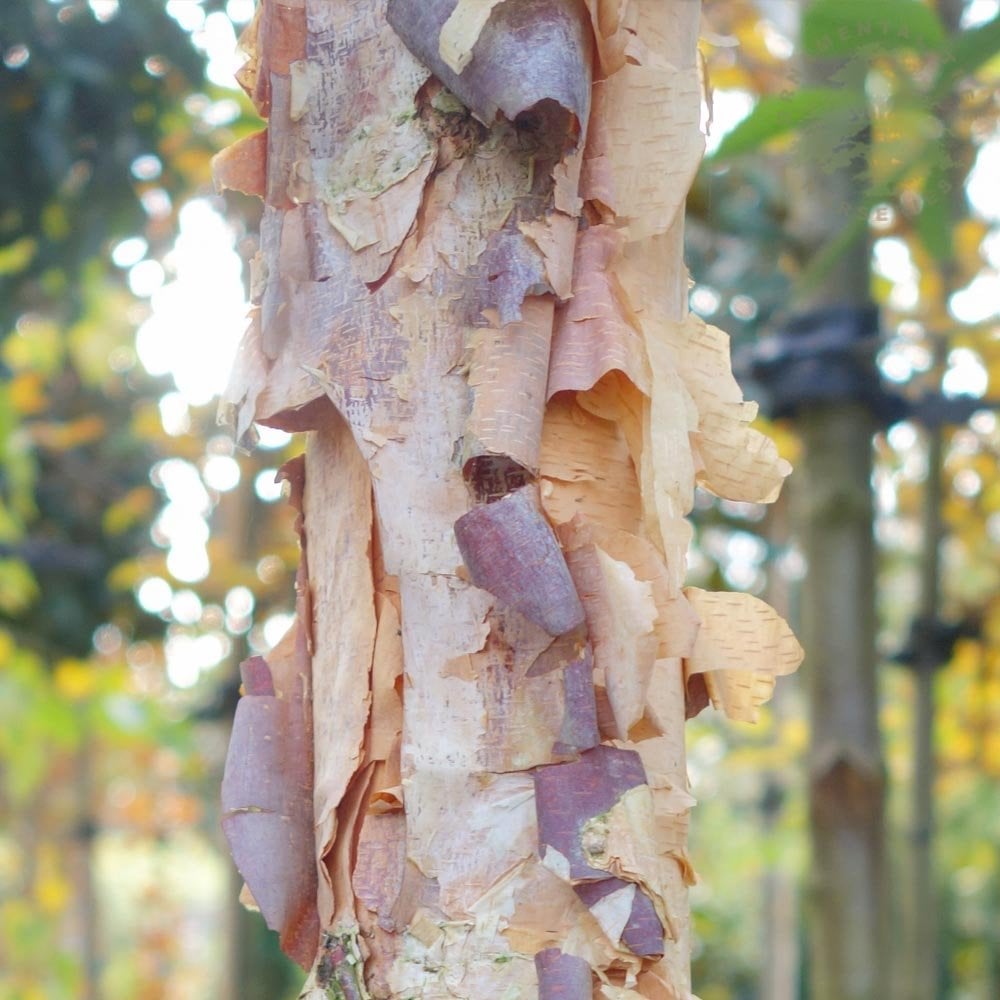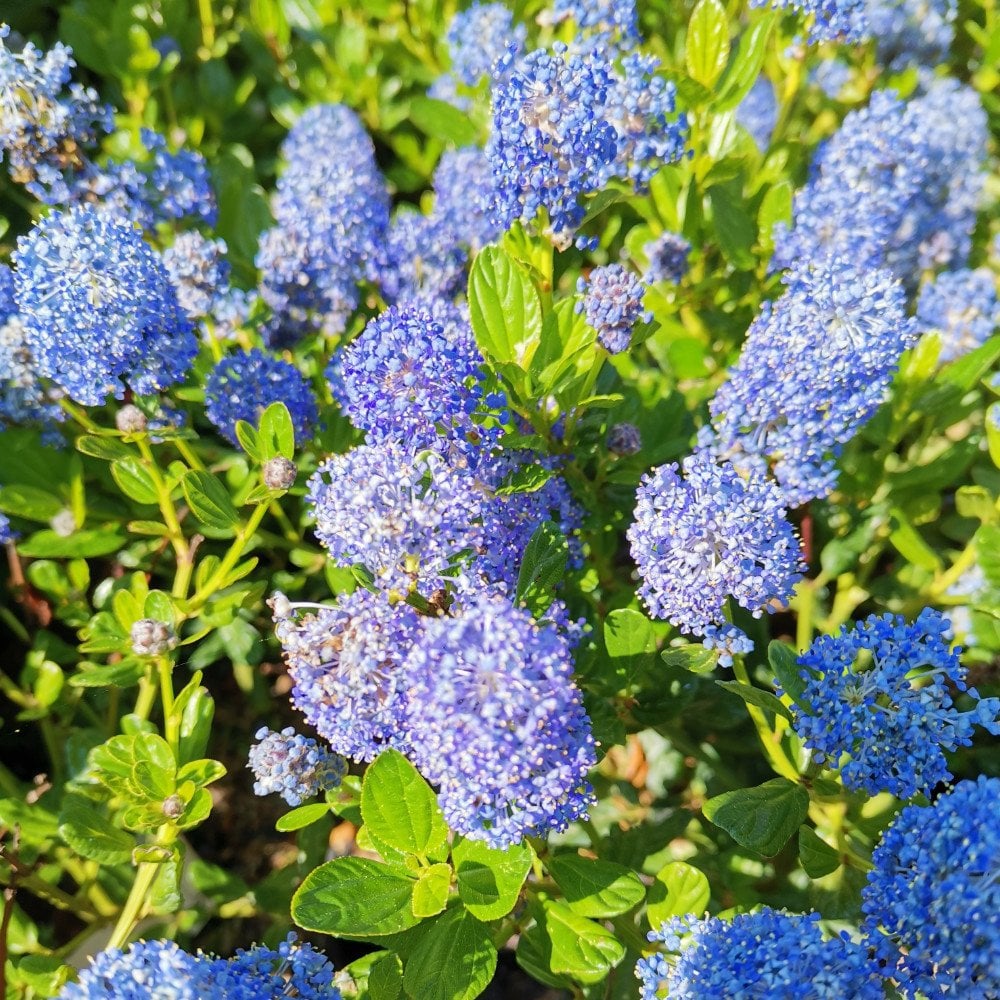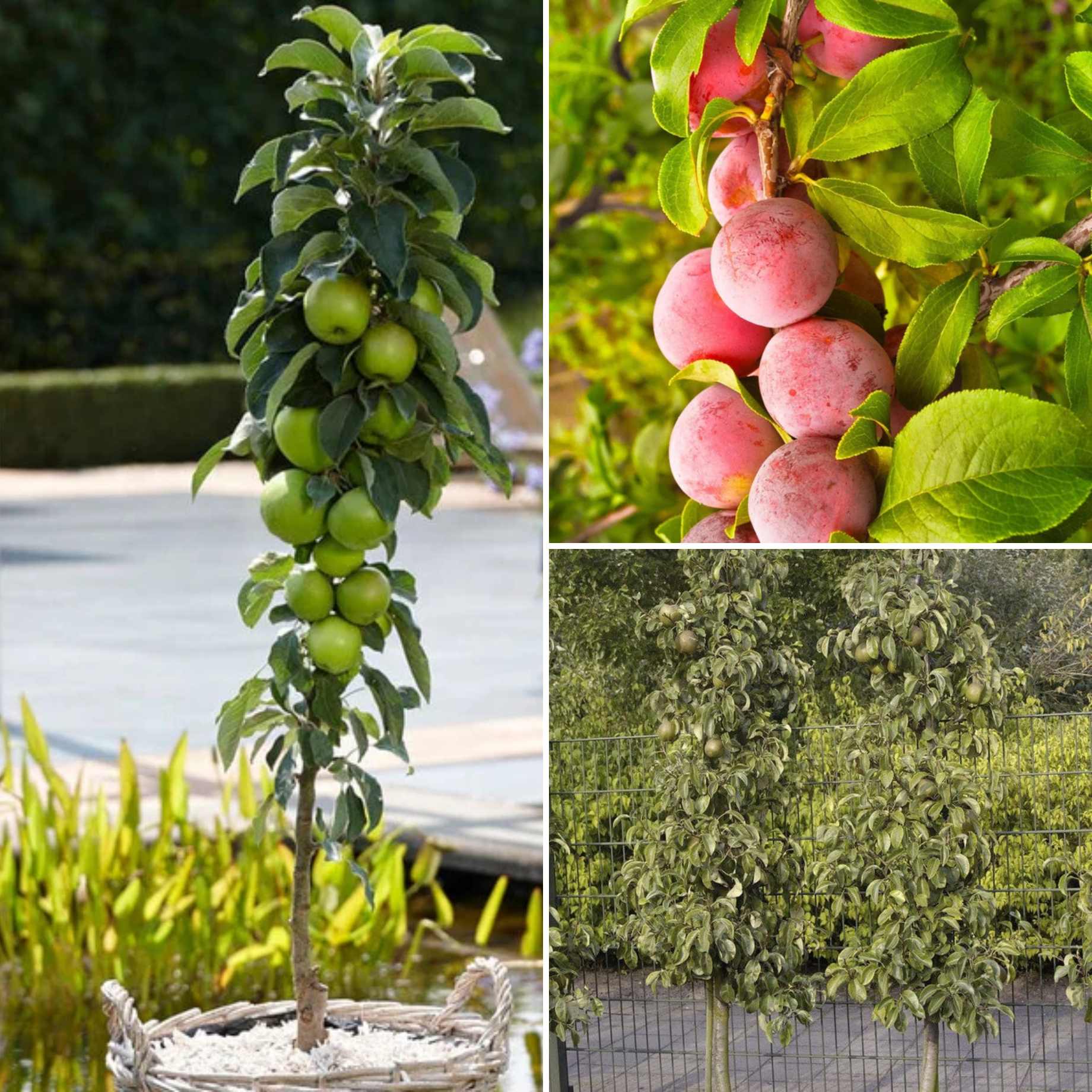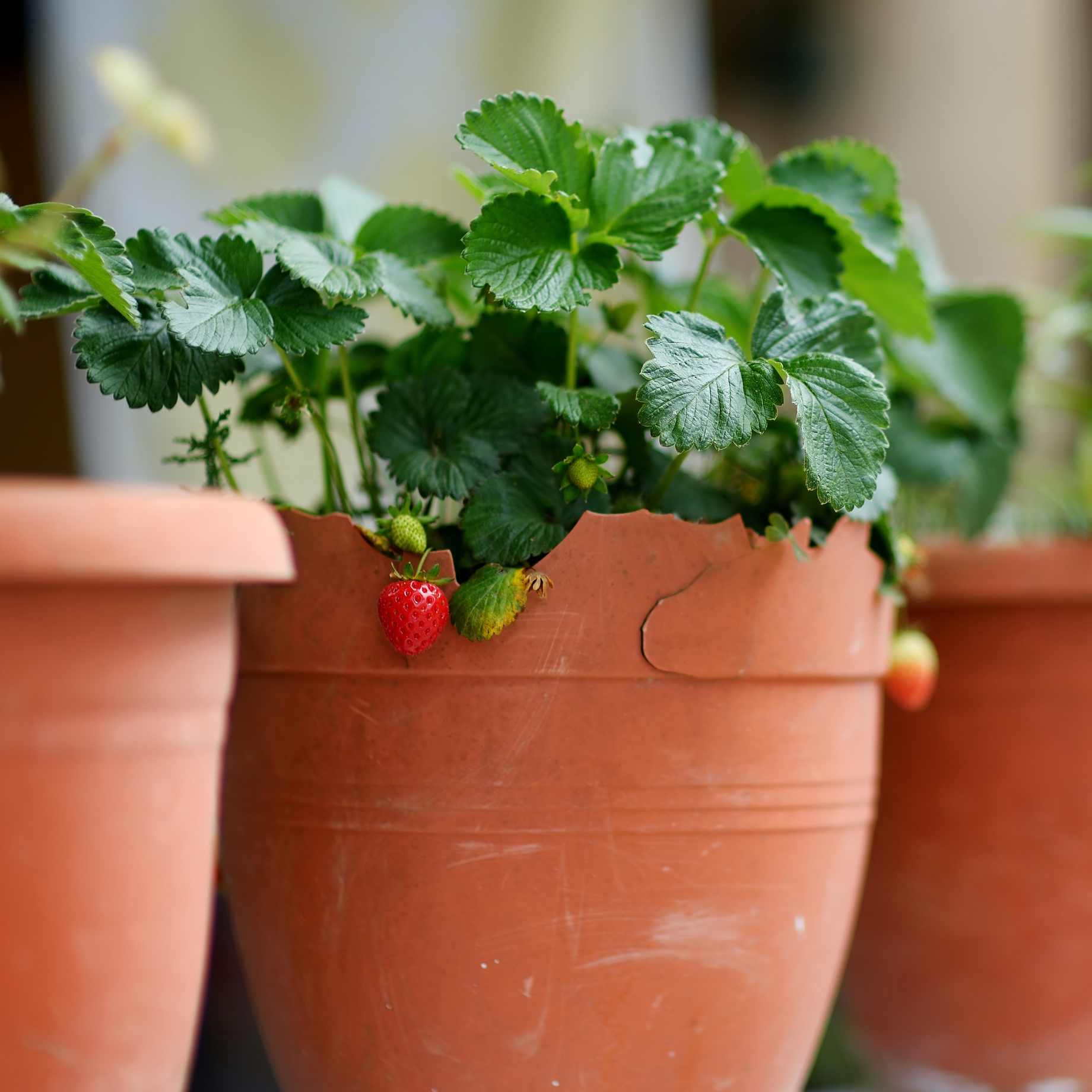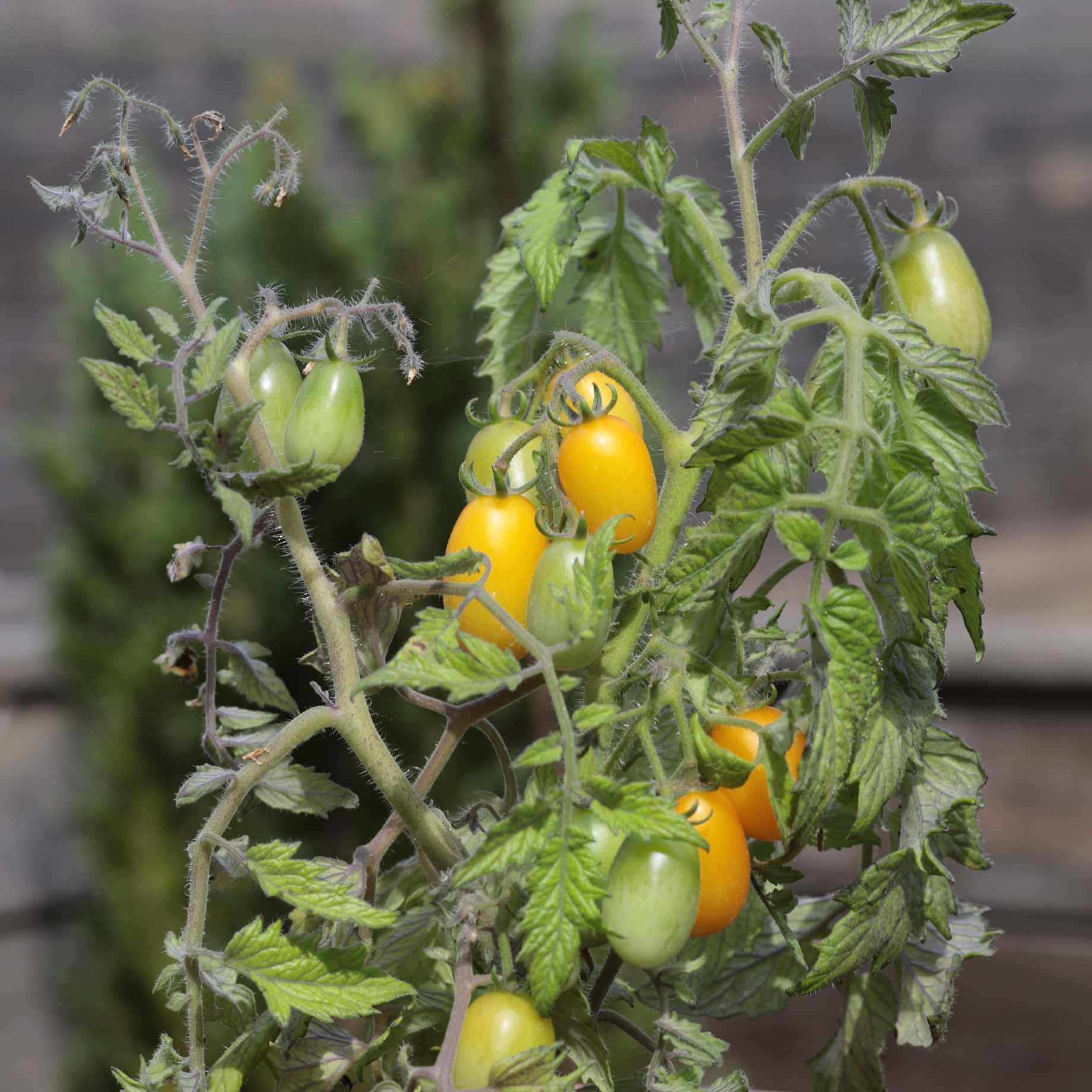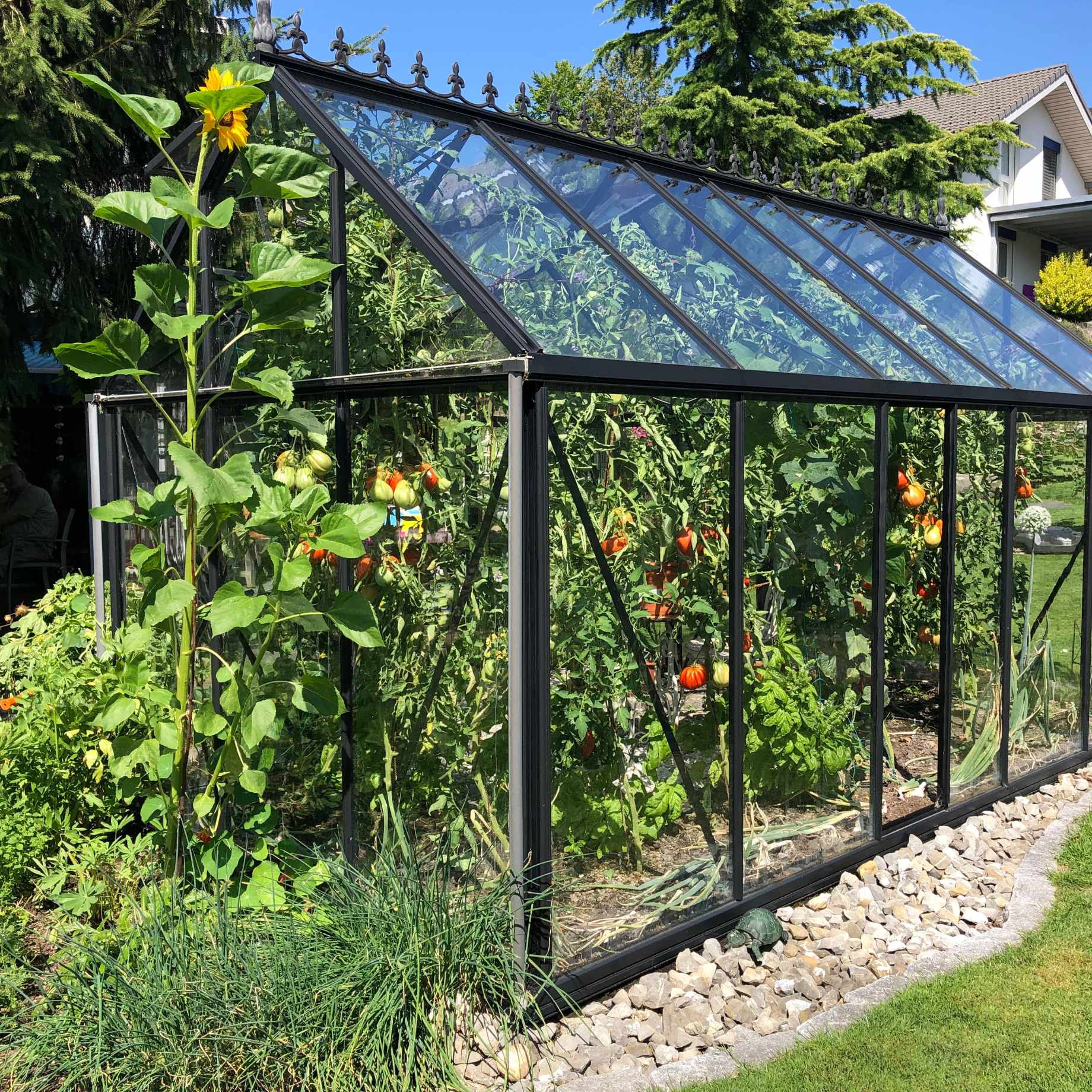Key features
Final size6m x 2m in 20 years
FoliageGreen leaves turn yellow in autumn (deciduous)
PositionFull sun
SoilMost soils except extremes
Description
Betula uti sub alb Red Lady is a medium-sized deciduous birch tree with a conical habit, typically growing to an approximate height of 6m x 2m. It is noted for its attractive red/brown peeling bark. In spring, catkins emerge followed by glossy green leaves, which turn yellow in autumn. It thrives in most kinds of soils, even in wet sites, making it a great low-maintenance addition to most gardens. It prefers a position with full sun and can tolerate most types of soil.
Planting Steps
1Preparation
- Pot-grown plants can be planted at any time of year, whereas bare roots need to be planted between November and March.
- Clear weeds and grass within a metre of the planting hole.
- Dig a hole as deep as the root mass and twice as wide.
- To help your plant establish more effectively, sprinkle Rootgrow in the hole.
2Planting
- Gently loosen the roots and place into the planting hole.
- Ensure the top of the plant’s compost is flush with the level of the surrounding soil and the graft union or collar of the tree is above ground level.
- Mix 50% of the original soil with 50% compost.
- Fill in the hole, firming the soil gently.
3Last Steps
- Water generously around the base of the plant.
- If you are planting either a single stem tree or mature standard tree, we recommend adding a staking kit and rabbit guard.
Aftercare Advice
Birch trees require a good watering regime for a couple of years whilst they establish. Water well and regularly through spring and summer, increasing in hot or dry weather. If planting in autumn, you may only need to water a little. Unlike many species, Birch prefer wet soil than dry. It is advisable to keep the area free of competing weeds and grass during this period.
Established Birch trees require minimal pruning and do not take well to hard pruning, as this increases light at the base of the tree, which in turn increases soil temperature and decreases moisture levels. Simply remove lateral shoots to maintain a clear trunk and prune any diseased or damaged branches. Pruning should be carried out in late summer to mid-winter. Birch trees bleed heavily at other times of the year, especially late winter.
Tip: to keep the colourful bark looking its best, you can wash it using water and a sponge.
For more detailed advice and video guides, please visit our Help & Advice section.

